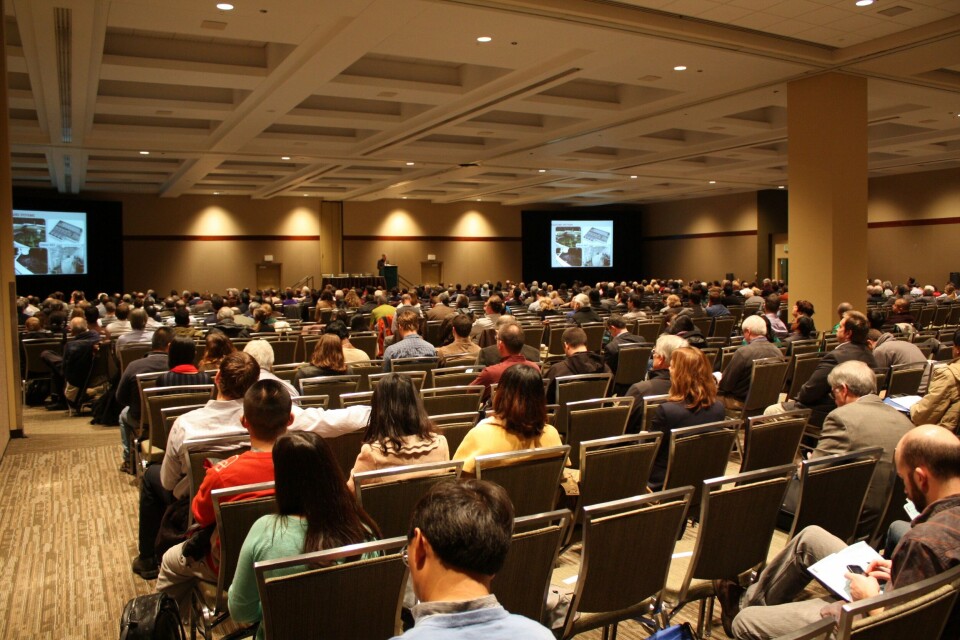
New group wants to boost American aquaculture
One of the more interesting and well-attended sessions held during the Aquaculture America 2014 Conference in Seattle last month raised the question: “How do we grow the Aquaculture Industry in the U.S.? –On a National level? –On an Industry level? –On a Regional or State level?” Session co-chair Brian Nerrie told the audience that the United States is the second largest consumer of seafood in the World, and that some 91 per cent of this seafood is imported- half of it from other countries’ fish farms. The U.S. has the largest Marine Exclusive Economic Zone of any country, and it is third in Freshwater resources.
As this article by Aquafeed describes, the Soy Aquaculture Alliance is one of the new coalition’s founders:
A core group of seafood industry stakeholders with a common interest to grow domestic aquaculture has banded together to form the Coalition of U.S. Seafood Production (CUSP), it was announced last week at the Aquaculture Americas Conference in Seattle. The group - including aquaculture and feed producers, retail and restaurant customers, researchers, technology and feed suppliers, and public aquaria - aims to provide expertise and momentum in support of government action that will create significant growth in aquaculture development. “We believe establishing relationships and building connections among soy, aquaculture and seafood value chain stakeholders is crucial to helping aquaculture catch on,” said Steven Hart, the executive director of the Indiana-based Soy Aquaculture Alliance, one of the Coalition’s founding organizations. “This is imperative, as wild-capture fish production cannot sustainably meet the rising global demand for seafood in the decades ahead.”
CUSP first met in June, 2013, and developed three strategic directions for the group: specific efforts in support of legislative and administrative government action; coordination of education and communications efforts; and development of concepts for aquaculture pilot projects that are economically sustainable at a commercial scale. “As a group, we’re not doing enough to ask for aquaculture development,” said Hart. “Congress says they’ve never heard of the need before.”
To address this lack of awareness among legislators, the Coalition’s goals include lobbying for finalization of the Fishery Management Plan for Regulating Offshore Marine Aquaculture in the Gulf of Mexico; reauthorization of the Magnuson Stevens Act, which regulates NOAA’s activities related to aquaculture; and including aquaculture as a “specialty crop” in the next Farm Bill to qualify for Agriculture Department programs. “We’ll get much further with a unified voice to create a common message,” said Hart.






















































